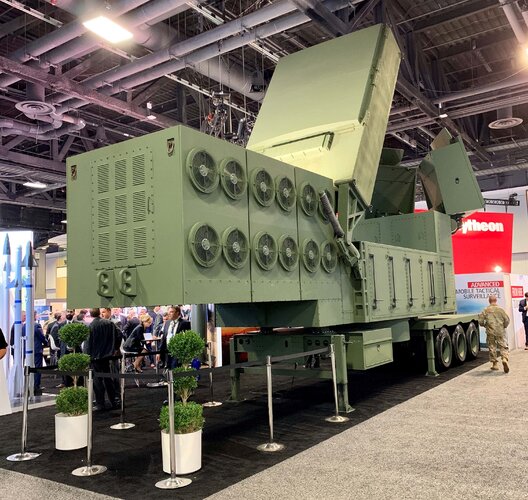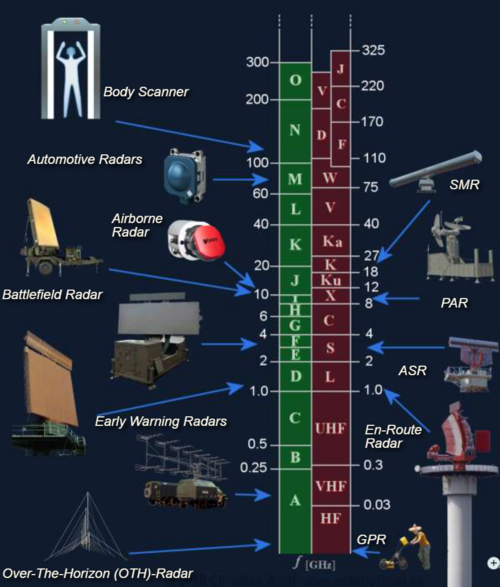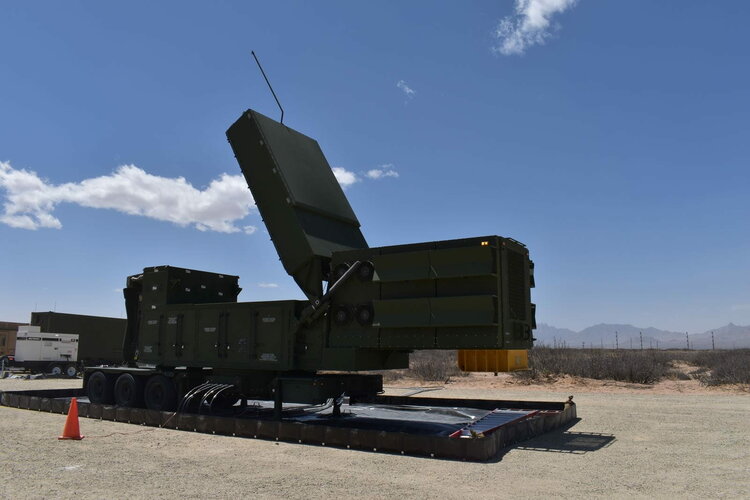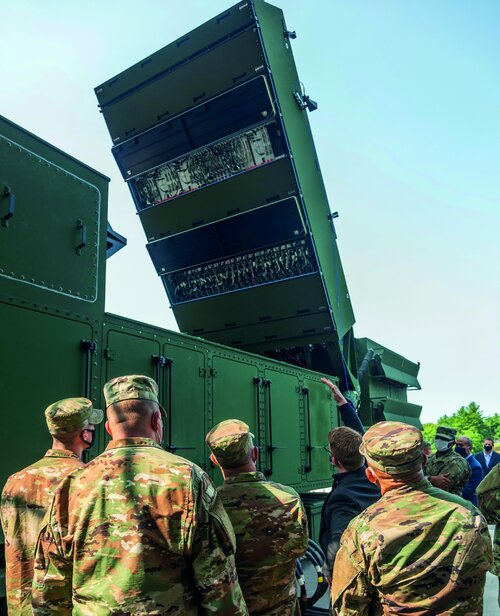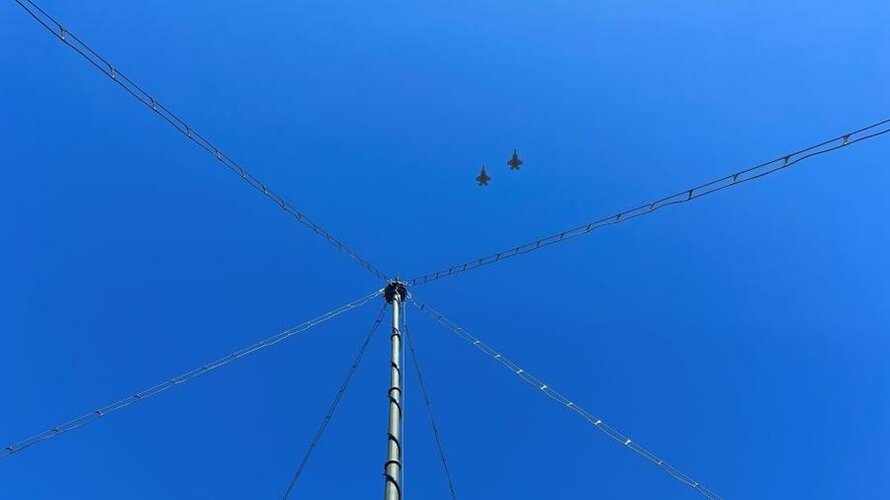Based on the company’s
Army Long Range Persistent Surveillance (ALPS) system, Becker’s team, working with the
Leidos Innovations Center, is developing the new
Marine Expeditionary Long-range Persistent Surveillance (MELPS) system, a 360-degree field of view sensor that combines digitized antennas and receivers with sophisticated signal processing techniques to provide a persistent, high-quality air picture with no detectable electromagnetic footprint.
Becker said systems like MELPS also address the limitations of current systems because they’re easily transportable and rapidly deployable.
Background: Becker said the underlying technology and hardware designs for ALPS and MELPS have developed over many years on various iterations and prototypes.
- “This new class of sensors is powered by emerging technology like GPU-based high-performance computing that allows them to process a significant workload while minimizing latency, as well as algorithmic advances to process large amounts of sensor data in real time,” he said. “They provide excellent, wide-area surveillance coverage for all classes of air-breathing targets. They perform their missions well in operational environments, and we’ve received very good feedback from our customers and system users.”
Becker, an electrical engineer with a focus on signal processing, said it’s been personally gratifying to see this advanced science become operational in mission settings.
The U.S. Army is currently fielding the ALPS passive sensor overseas in support of air and missile defense, he said.
- “As we speak, we’ve got a dozen systems out there across the world actively feeding the air picture into command-and-control nodes and helping troops stay safe,” he said. “There have been several world events in which our systems have played an important role, including recent events in Eastern Europe.”
The U.S. Army currently has more than 20 systems pending deployment for various Combatant Commands (COCOMs). Leidos systems are also currently supporting the U.S. Department of Homeland Security and U.S. Customs and Border Protection.
- “This technology really matters on a day-to-day basis to our government and military end users,” Becker said. “That’s the whole idea behind a lot of the research and development we do as a company, and to see that come to fruition has certainly been a highlight of my career.”

www.defensenews.com

